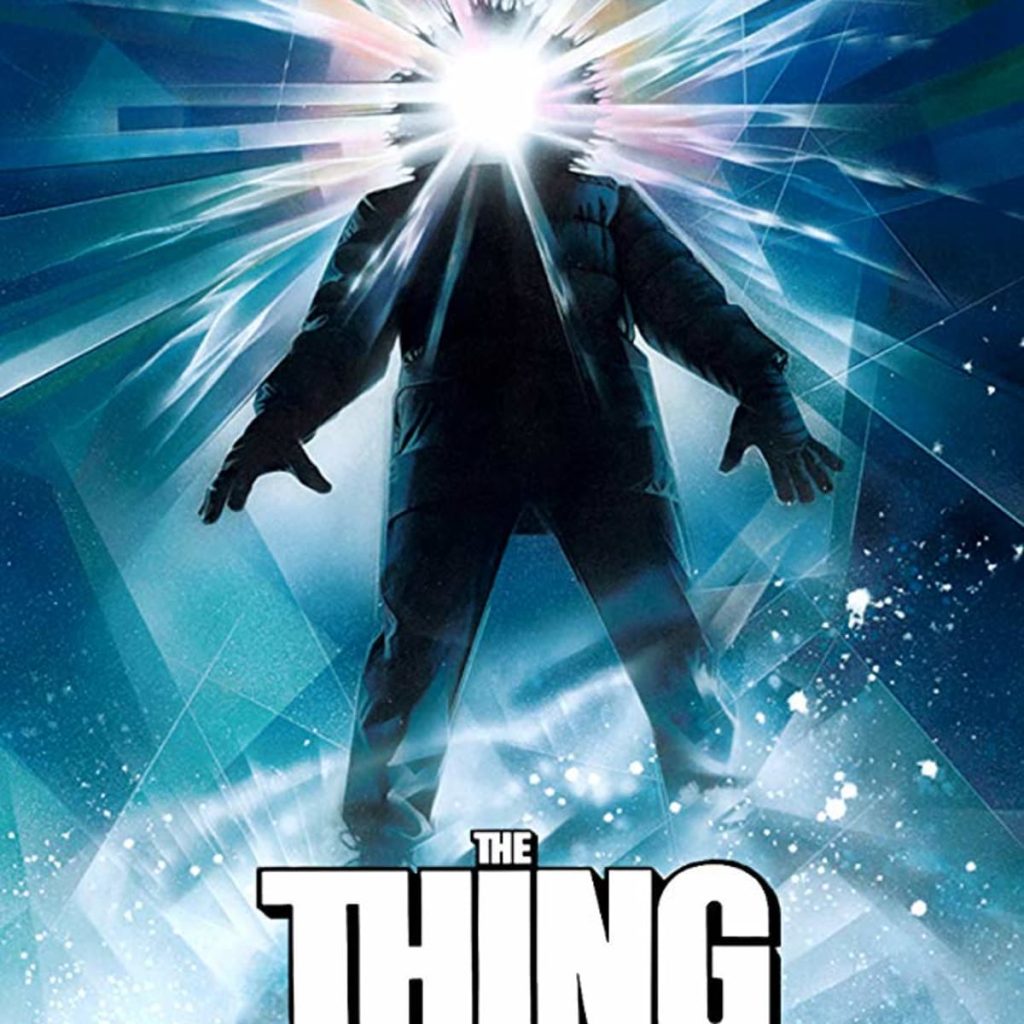In 1982, John Carpenter’s “The Thing” set the stage for a chilling narrative of paranoia and survival in an Antarctic research base. While the film didn’t achieve commercial success upon release, it attained cult classic status for its suspenseful storytelling and groundbreaking practical effects. However, one of its most enigmatic elements, the nature of the shape-shifting alien, remained a mystery until Dark Horse Comics intervened with a trilogy of sequels.
Dark Horse Comics, renowned for its action-packed licensed comics, delved into the aftermath of “The Thing” with a series of miniseries exploring the fates of MacReady, Childs, and the alien itself. Among these, “The Thing From Another World: Eternal Vows” stands out for its controversial explanation of the alien’s life cycle.
Decoding The Thing’s Life Cycle
The alien’s life cycle in Carpenter’s film puzzled audiences, sparking debates over whether it merely mimicked its victims or absorbed their consciousness. Dark Horse’s “Eternal Vows” miniseries, penned by Dave deVries and illustrated by Paul Gulacy, offered a divisive explanation in 1993.
In “Eternal Vows,” readers witness the journey of the Thing in New Zealand, primarily through the perspective of Jenny, a woman who becomes infected after a night with her boyfriend, Powell. Jenny’s inner monologue reveals a chilling truth: the Thing operates as a collective consciousness, assimilating individuals while retaining their sentience. This interpretation challenges the notion of the Thing as a mere mimic, suggesting it becomes the person it copies, erasing its own individuality in the process.
A Tragic Monster Tale
As Jenny grapples with her dual existence, torn between her impulses and conscience, she inadvertently spreads the alien’s influence, transforming those she touches into monstrous entities. MacReady, determined to stop the creature, confronts Jenny aboard a ship, leading to a climactic showdown. However, the tragic resolution sees Jenny succumb to the alien’s survival instinct, sacrificing her identity to become a mindless entity.
Divisive Interpretations
Dark Horse’s depiction of the Thing as a sentient virus sparked controversy among fans, challenging established notions from the original film. While some embraced the reinterpretation, others felt it diminished the alien’s menace and altered the film’s meaning. By portraying the Thing as a tragic figure driven by instinct rather than malevolence, “Eternal Vows” transformed the narrative into a cautionary tale of unchecked survival.
Ultimately, Dark Horse’s exploration of “The Thing” universe offered a fresh perspective on the iconic creature but divided opinions among fans. Whether viewed as a bold reimagining or a departure from the source material, “Eternal Vows” remains a testament to the enduring intrigue of Carpenter’s masterpiece and the creative possibilities of comic book storytelling.
FAQ
What is “The Thing From Another World: Eternal Vows”?
“Eternal Vows” is a four-issue miniseries published by Dark Horse Comics in 1993. It serves as a sequel to John Carpenter’s “The Thing” and explores the fate of characters like MacReady and Childs while offering a controversial explanation of the alien’s life cycle.
Who created “Eternal Vows”?
The miniseries was written by Dave deVries, penciled by Paul Gulacy, inked by Dan Davis, colored by Steve Mattsson and Matt Hollingsworth, and lettered by Steve Haynie.
What is the premise of “Eternal Vows”?
The story follows Jenny, a woman infected by the Thing, as she struggles with her dual existence and unwittingly spreads the alien’s influence. MacReady, the protagonist of the original film, hunts her down in a climactic showdown aboard a ship.
How does “Eternal Vows” change the understanding of the Thing’s life cycle?
“Eternal Vows” suggests that the Thing operates as a collective consciousness, assimilating individuals while retaining their sentience. This interpretation challenges the idea of the Thing as a mere mimic and presents it as a tragic figure driven by survival instinct.
What was the reaction to “Eternal Vows”?
The miniseries sparked controversy among fans, with some embracing the reinterpretation of the Thing and others feeling it diminished the creature’s menace. The portrayal of the Thing as a tragic entity divided opinions and altered perceptions of the original film’s ending.
How does “Eternal Vows” fit into the larger Thing universe?
“Eternal Vows” is part of Dark Horse Comics’ trilogy of sequels to “The Thing,” offering a unique perspective on the alien’s nature and its aftermath. While it may diverge from the established lore, it remains a notable entry in the franchise’s expanded universe.
Is “Eternal Vows” considered canon within the Thing universe?
Canon status can vary depending on individual interpretations and preferences. While “Eternal Vows” offers an intriguing exploration of the Thing’s mythology, its divergence from the original film’s concepts may lead some fans to view it as non-canonical.
Where can I read “The Thing From Another World: Eternal Vows”?
“Eternal Vows” may be available for purchase through comic book retailers, online platforms, or digital comic services. It is also possible to find collected editions or reprints that include the entire miniseries for readers interested in exploring this unique chapter in the Thing universe.
